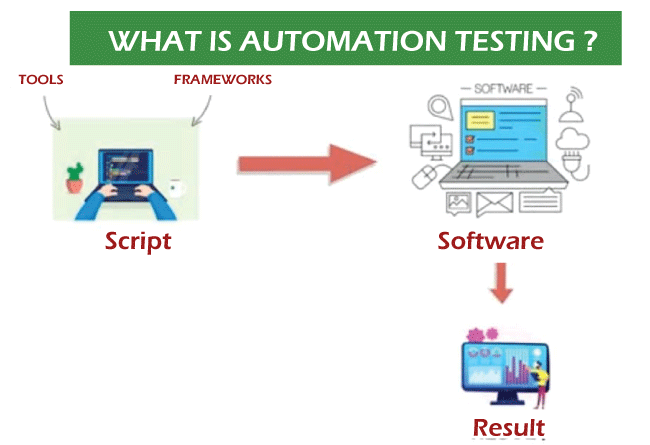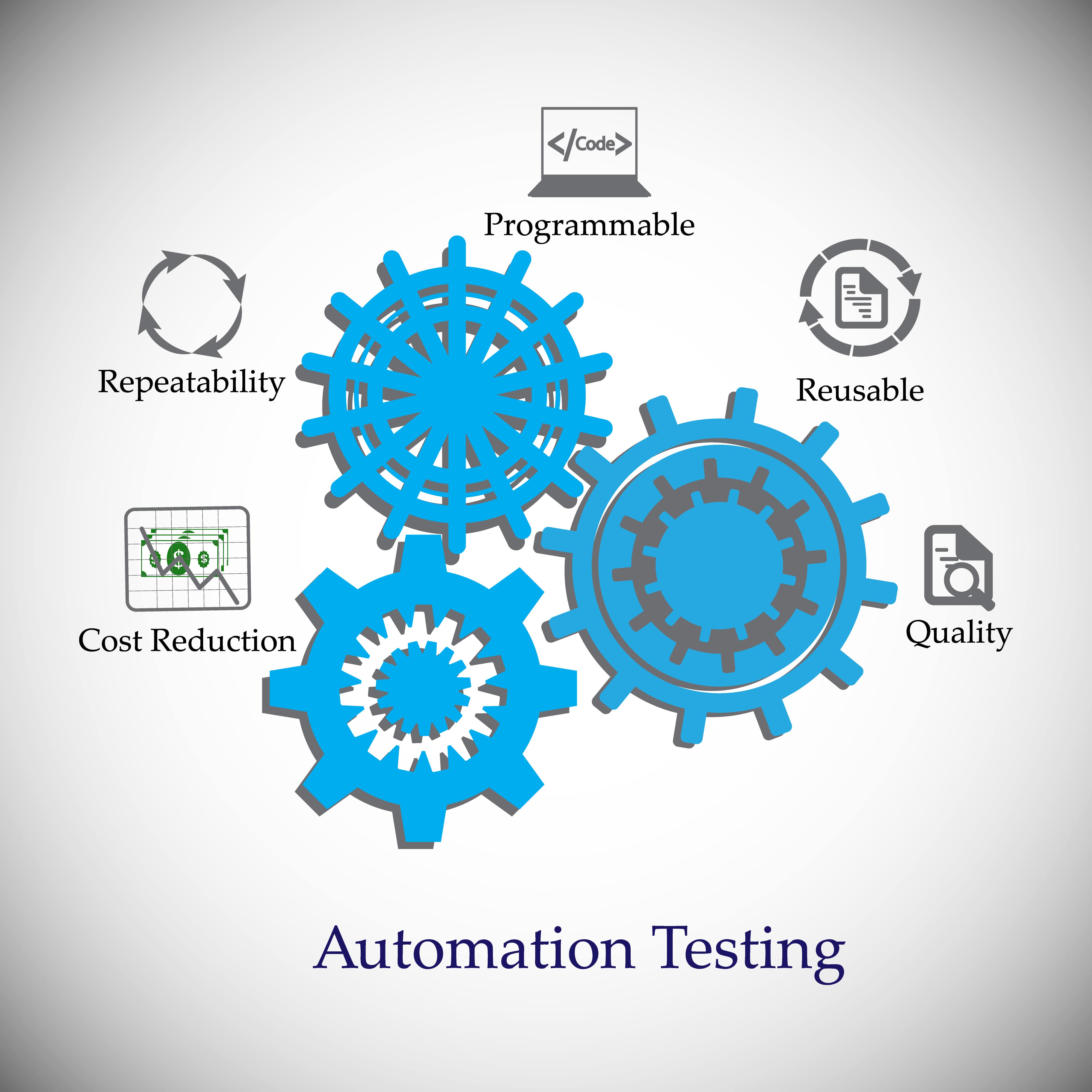Understanding Automation Testing: Devices, Methods, and Benefits
Understanding Automation Testing: Devices, Methods, and Benefits
Blog Article
From Handbook to Automated Screening: A Comprehensive Overview to Transitioning Efficiently and Efficiently
In the realm of software screening, the change from guidebook to automated procedures has actually come to be an increasingly vital change for companies seeking to enhance efficiency and precision in their testing methods. The journey from handbook to automated screening is not without its challenges, but when come close to strategically and with a clear strategy in mind, the benefits can be significant.
Benefits of Automated Testing
Automated screening offers numerous advantages, improving effectiveness and precision in software program growth procedures. Automated examinations can be run simultaneously on multiple devices and operating systems, substantially speeding up the screening stage compared to manual testing.
Additionally, automated testing ensures a higher degree of precision in discovering problems. Consistency in screening is additionally enhanced, as automated tests execute the very same actions exactly each time they are run.
Selecting the Right Devices

To start with, analyze your needs and purposes. Recognize the extent of your job, the innovations involved, and the skill collection of your group. This analysis will certainly assist you figure out the functions and capabilities you need in your screening devices.
Second of all, think about the compatibility of the tools with your existing systems and processes. Smooth integration with your existing software program advancement lifecycle is necessary to guarantee a smooth transition to automation.
In addition, assess the scalability and flexibility of the devices. As your testing requires develop, the tools must be able to adjust and fit changes successfully.
Lastly, consider the support and area around the tools. Durable support and an energetic individual area can supply valuable sources and assistance when carrying out automated testing. By carefully thinking about these facets, you can choose the right devices that align with your demands and established the stage for a successful change to automated testing.
Creating Effective Test Manuscripts

When crafting examination scripts, it is necessary to consider the certain requirements of the software program being checked and guarantee that the scripts resolve all important functionalities. Clear and detailed naming conventions for examination manuscripts and test situations can boost readability and maintainability. Additionally, including error handling systems within the examination manuscripts can assist in determining and addressing problems without delay.
Furthermore, arranging examination scripts into modular parts can improve reusability and scalability, decreasing redundancy and boosting performance in test script upkeep. Routine testimonials and updates to evaluate scripts are vital to maintain pace with developing software application demands and capabilities. By following investigate this site these principles, testers can produce robust and efficient test scripts that contribute substantially to the success of automated screening procedures.
Integrating Automation Into Workflows
By effortlessly integrating automated testing tools like Selenium or Appium into the software advancement lifecycle, teams can attain faster comments on code adjustments, leading to quicker insect detection and resolution. This assimilation allows for constant screening throughout the advancement procedure, guaranteeing that any kind of issues are recognized early on, resulting in higher software application top quality. Appropriate assimilation of automation tools needs collaboration in between growth, testing, and operations groups to develop a unified workflow that enhances performance and effectiveness in providing high-grade software application items.
Making Certain a Smooth Transition
Effectively transitioning to automated screening entails meticulous planning and cautious implementation to make the most of and lessen interruptions performance in the software program development process - automation testing. To guarantee a smooth shift, it is important to begin by performing a comprehensive evaluation of the existing screening procedures and recognizing locations where automation can bring one of the most significant benefits. Engaging with all stakeholders at an early stage at the same time, consisting of designers, testers, and task supervisors, is critical for garnering support and buy-in for the automation campaign
Communication is key during this transition phase. Clear communication of the goals, benefits, and assumptions of automated screening aids to take care of try this website any kind of resistance or problems that might develop. Furthermore, offering sufficient training and resources for team participants to upskill in automation devices and methods is essential for making certain an effective change.

Conclusion
To conclude, transitioning from guidebook to automated screening offers many advantages, consisting of increased efficiency and reliability. By selecting the suitable tools, composing reliable examination manuscripts, and integrating automation perfectly into process, companies can make certain a smooth and effective transition. It is vital to welcome automation as a beneficial asset in software testing processes to improve overall high quality and efficiency.
In the realm of software application screening, the change from handbook to automated processes has become an increasingly essential change for companies seeking to enhance performance and precision in their testing practices. Automated examinations can be run simultaneously on multiple tools and operating systems, dramatically speeding up the testing phase contrasted to hand-operated testing. Consistency in screening is additionally enhanced, as automated tests implement the exact same steps specifically each time they are run.To guarantee the successful application of selected best site screening tools, the production of efficient test manuscripts plays a crucial duty in verifying the functionality and efficiency of automated procedures - automation testing. By complying with these concepts, testers can produce reliable and robust examination scripts that add considerably to the success of automated screening processes
Report this page